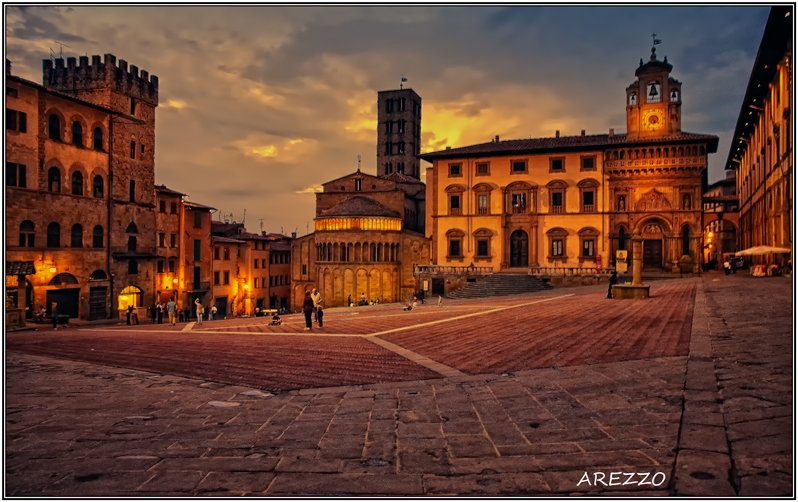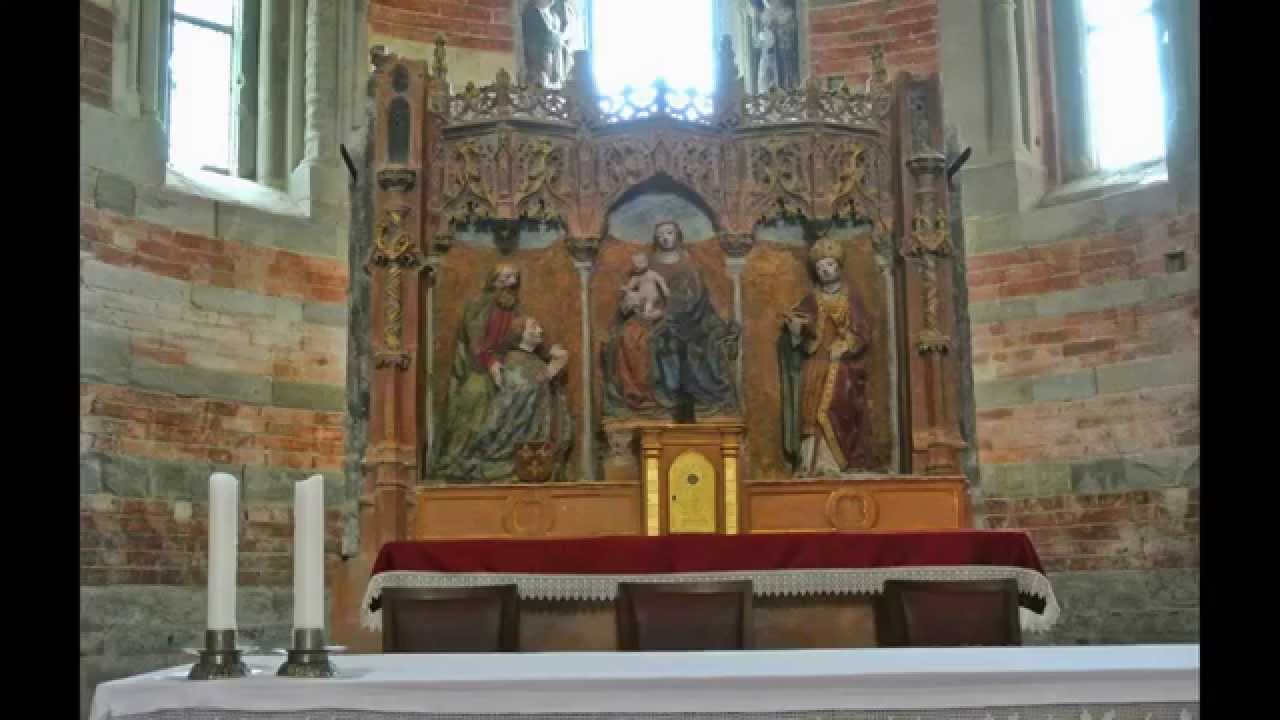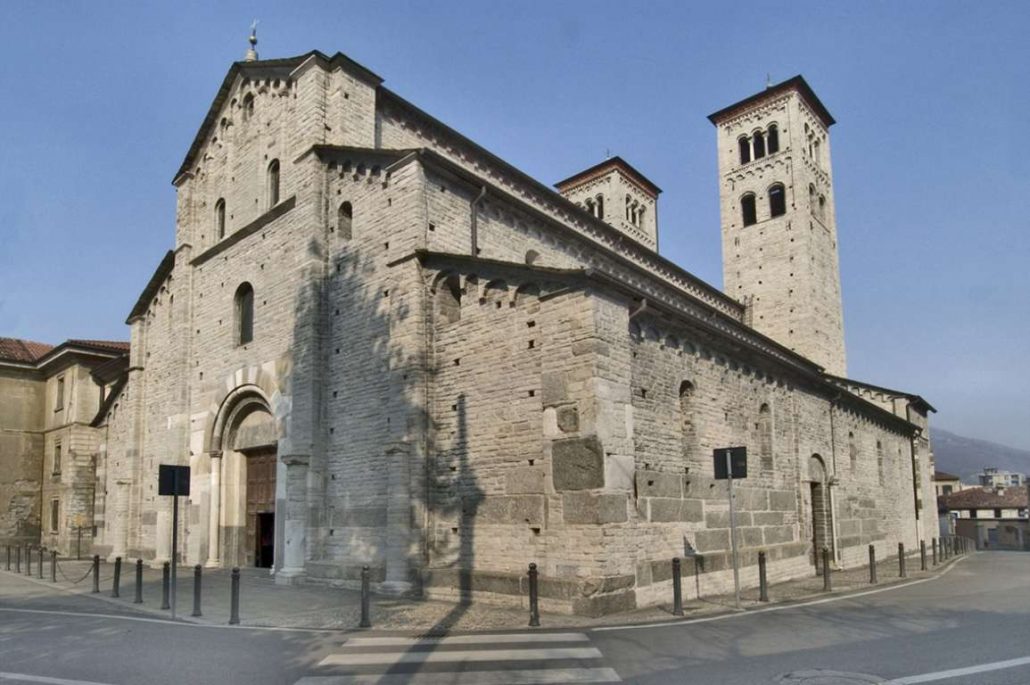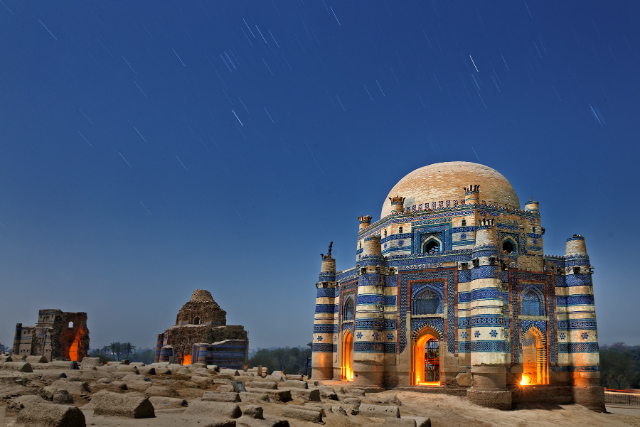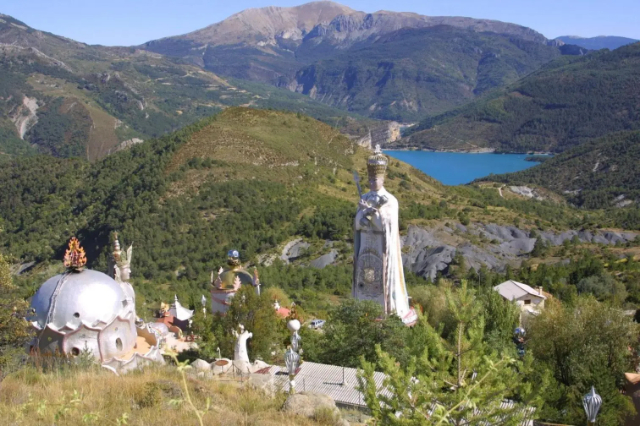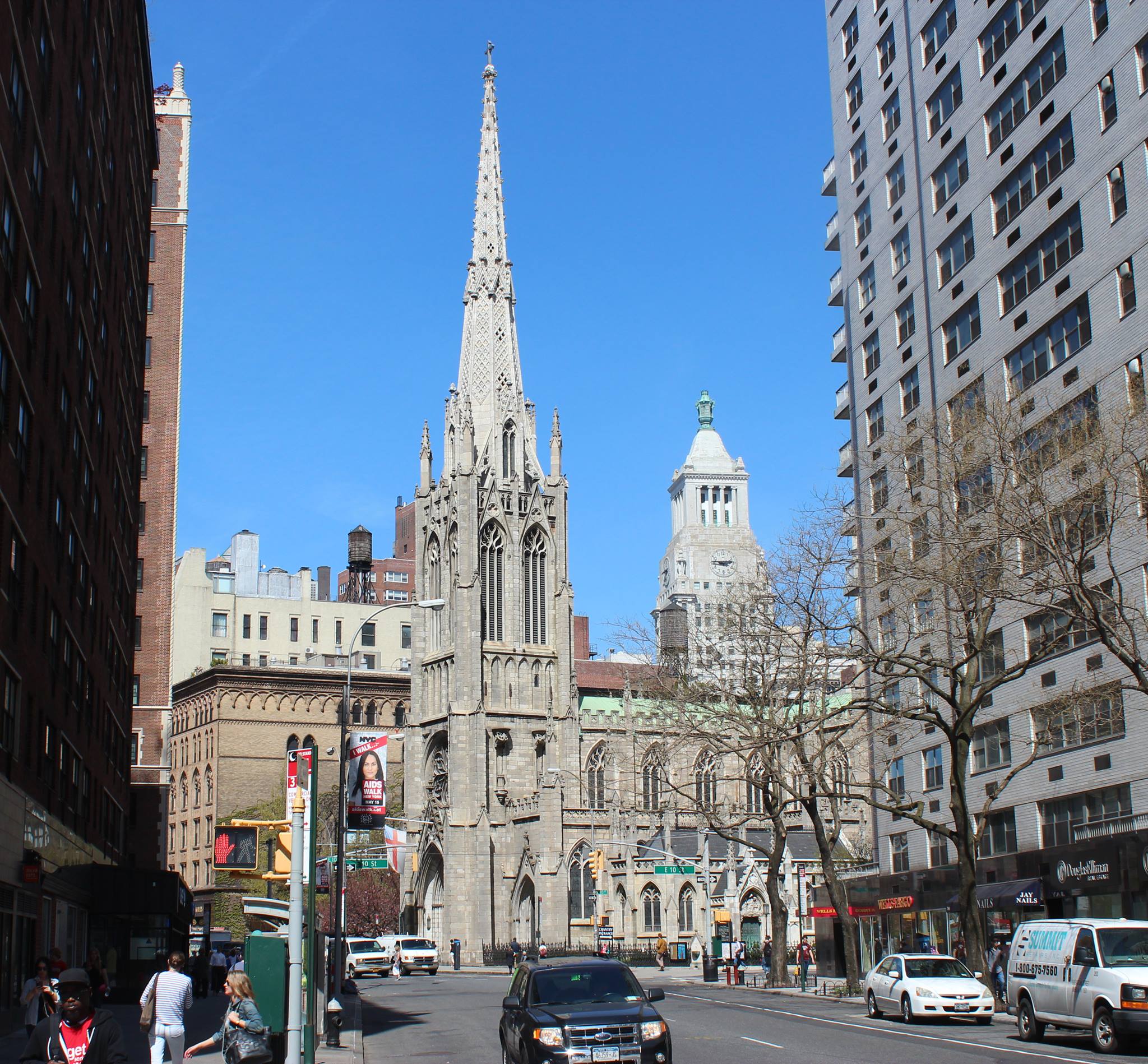Distinguished by its remarkable height and extraordinary architecture, the bell tower of the Pieve di Santa Maria in Arezzo, clearly visible from Piazza Grande and a good part of Corso Italia, is a symbol, a landmark for this Tuscan city of art. As we get closer to this church we realize that, besides being a building with a wonderful architectural structure, it could also be defined as a gigantic and extraordinary sculpture. Hundreds of finely worked columns, all with refined capitals representing a multitude of different motifs, decorate its façade and the large apse. Then, always on these two architectural elements of the church and on the right side, there are many other sculptural works. To be pointed out, also because for their position they often pass unnoticed to the visitor, are the beautiful and nice allegories of the twelve months placed in the lower part of the archivolt overhanging the central door of the façade.
The construction of the Pieve di Arezzo, as this church is commonly called, began in the middle of the 12th century and occupied the place of the early medieval baptismal church of the city, smaller but located in the same position, between today’s Corso Italia and Piazza Grande. The parish church had the same shape and size as the one we see today, but the façade was simple and linear. The façade we can admire today, which refers to a Romanesque style more present in the territory of Pisa, was instead built in the thirteenth century, as well as the high bell tower (almost sixty meters) integrated on the front right corner of the church that was completed in 1330.
Parish of Arezzo, the apseThe external view of the Parish of Santa Maria Assunta of Arezzo tells us immediately that we are in front of one of the most extraordinary examples of Tuscan Romanesque architecture and not only.The interior has a structure with three naves on longitudinal ogival arches supported by columns with Corinthian capitals. It is rich in aedicules and chapels, with a transept placed in front of the presbytery. The splendid polyptych of 1320, by Pietro Lorenzetti, depicts the Virgin and Child with Saints John the Evangelist, Donato, John the Baptist and Matthew. The crypt, illuminated by the single-lancet windows of the apse, preserves the reliquary bust of San Donato from 1346, made of gilded silver, translucent enamels and precious stones. The current layout of the parish church is the result of the major renovation work carried out in 1560 by Giorgio Vasari, whose remains rest together with those of his wife in an urn placed under the floor.
